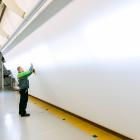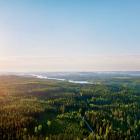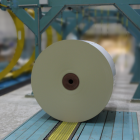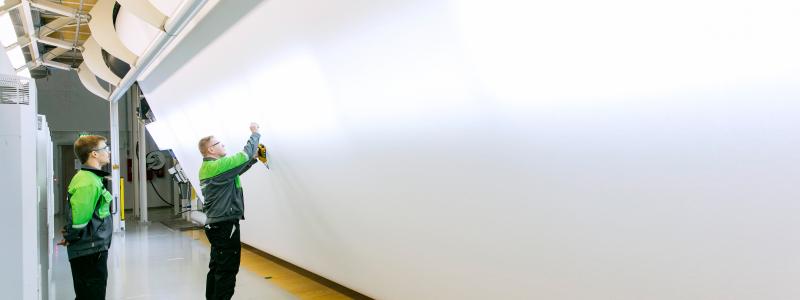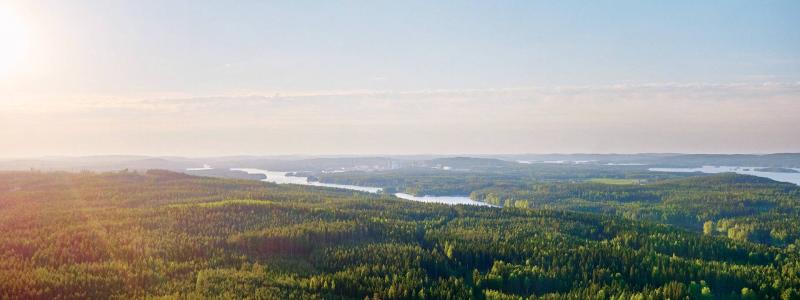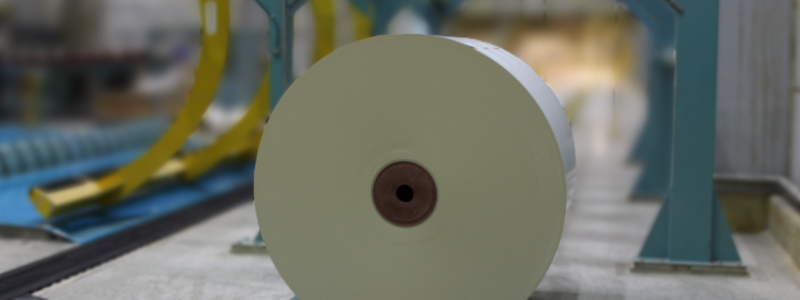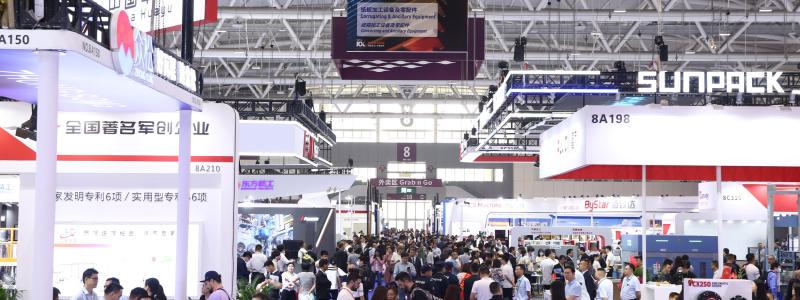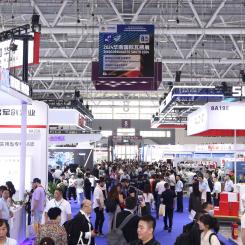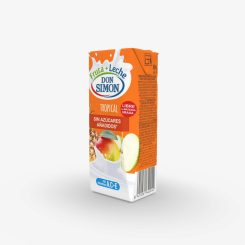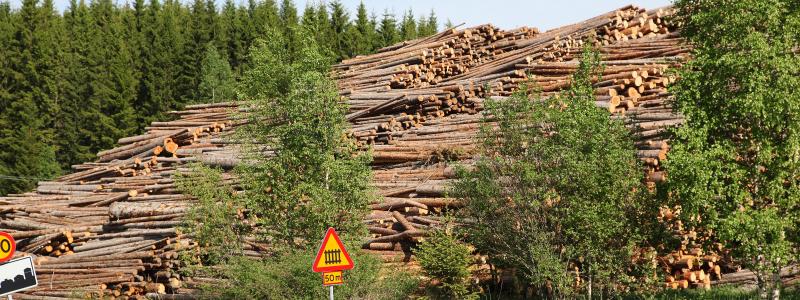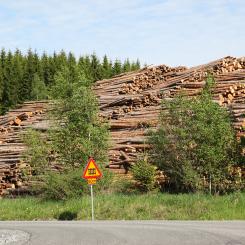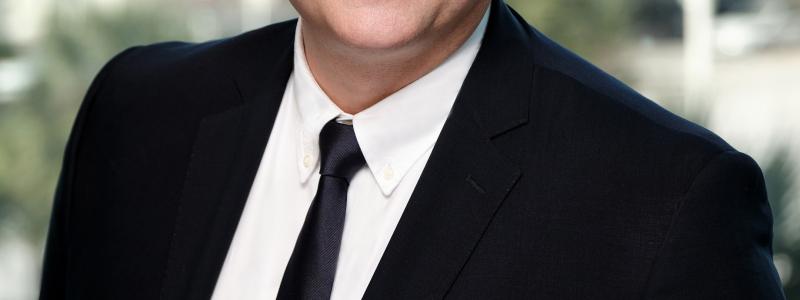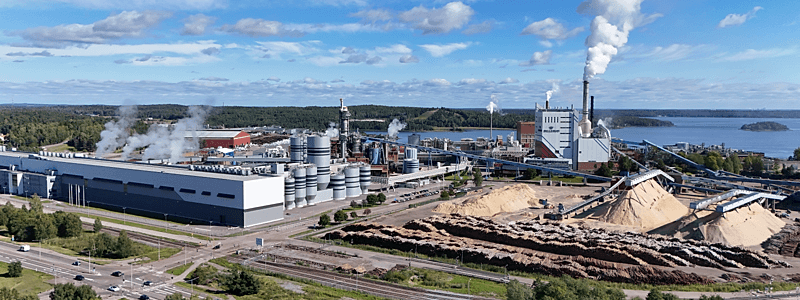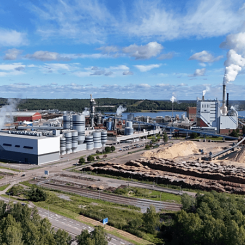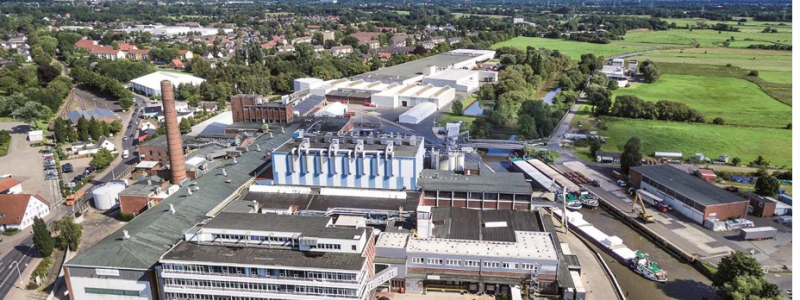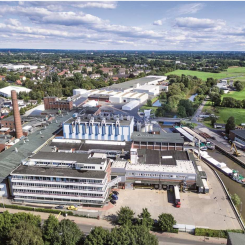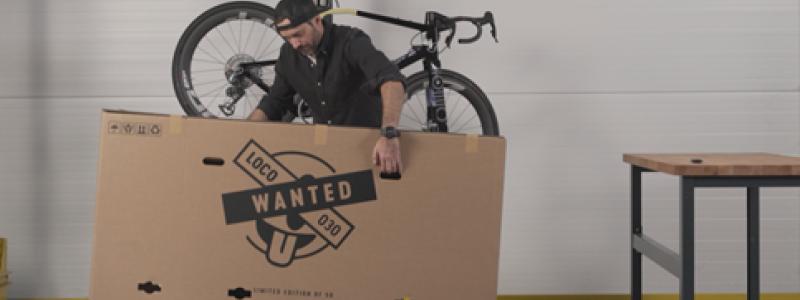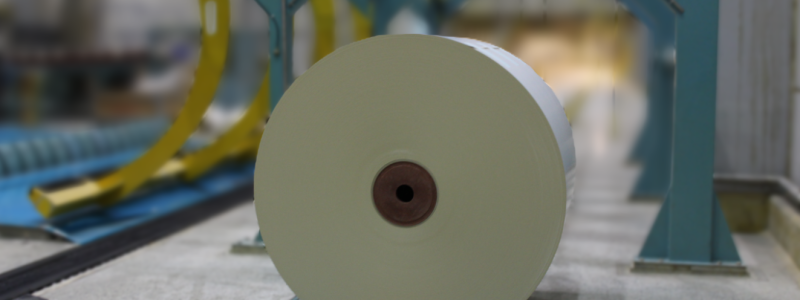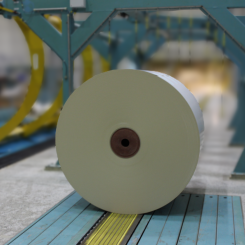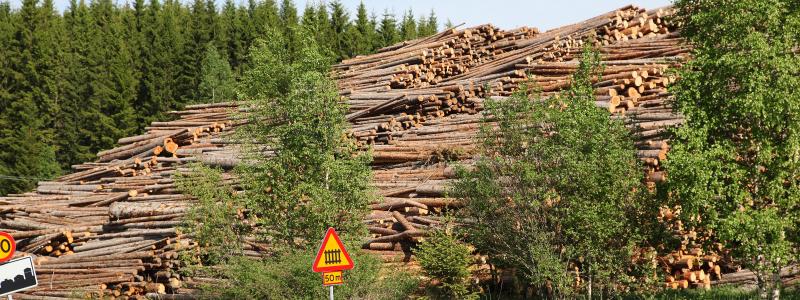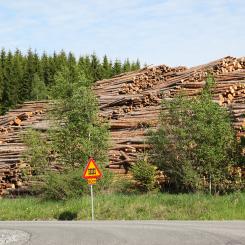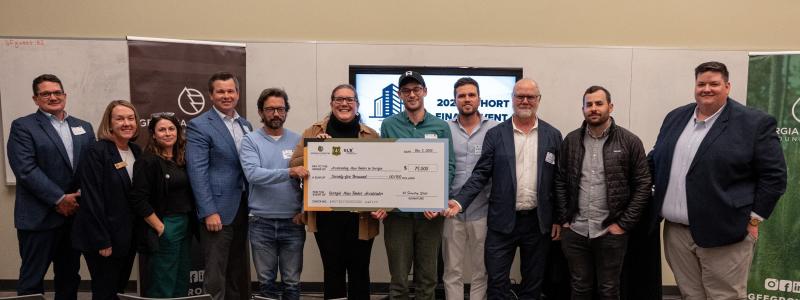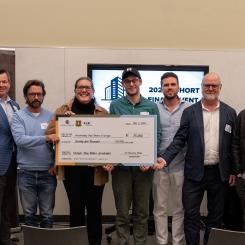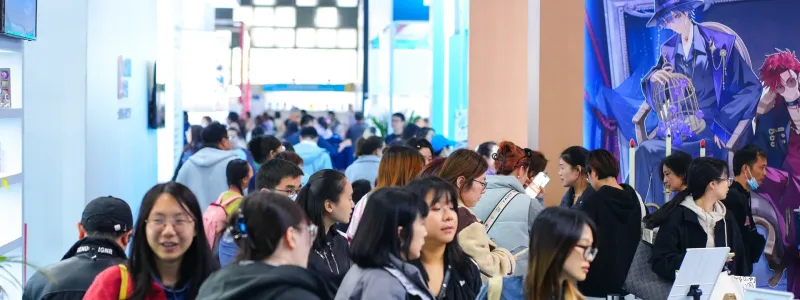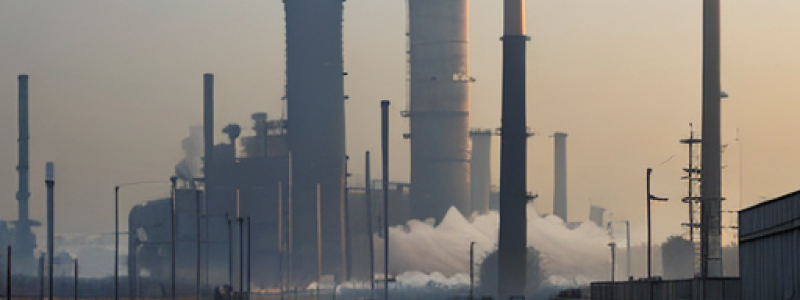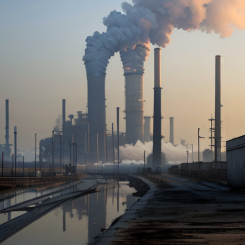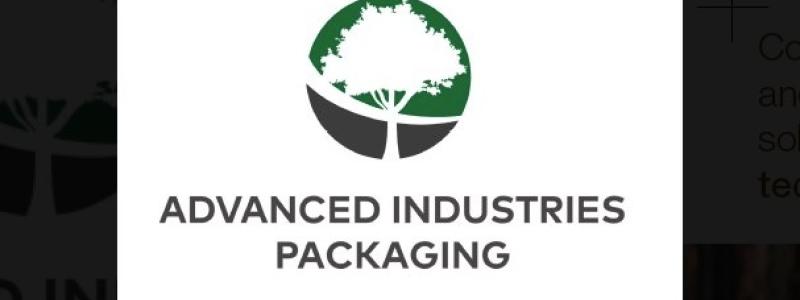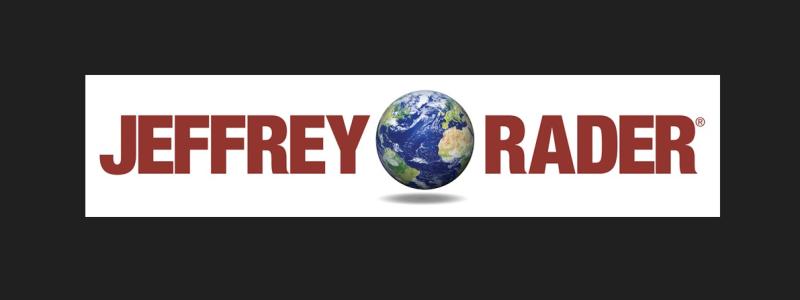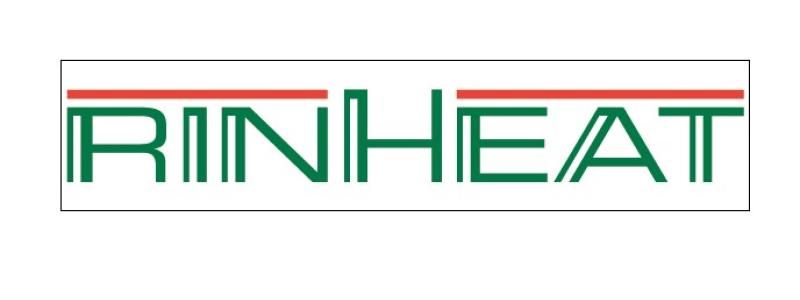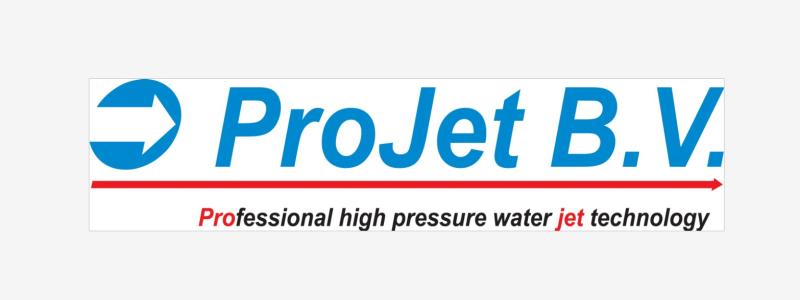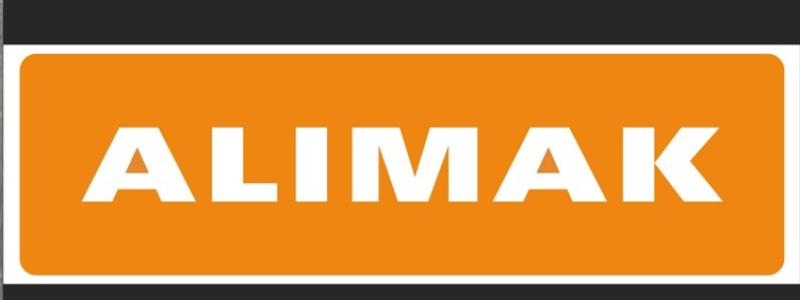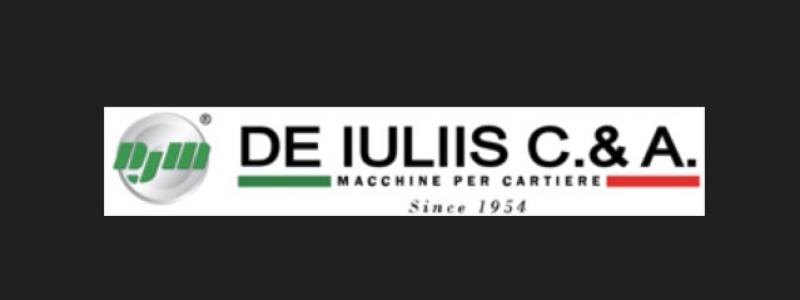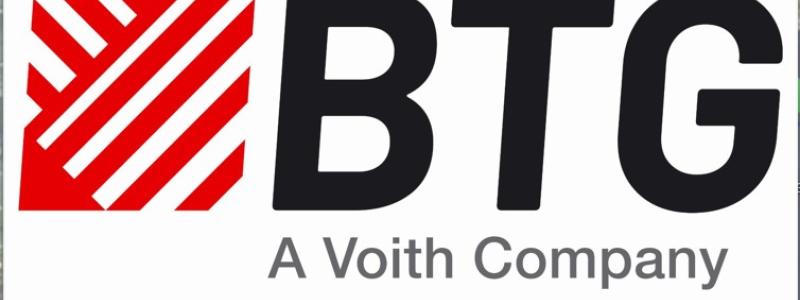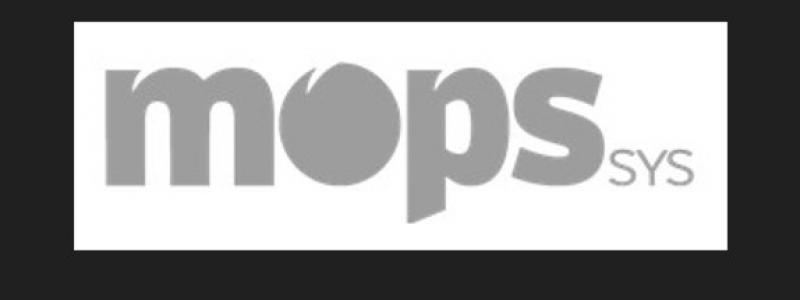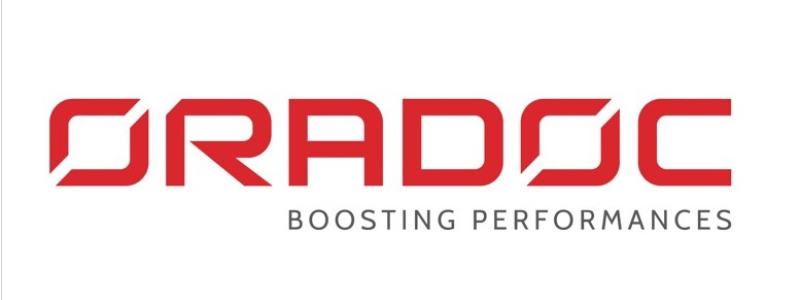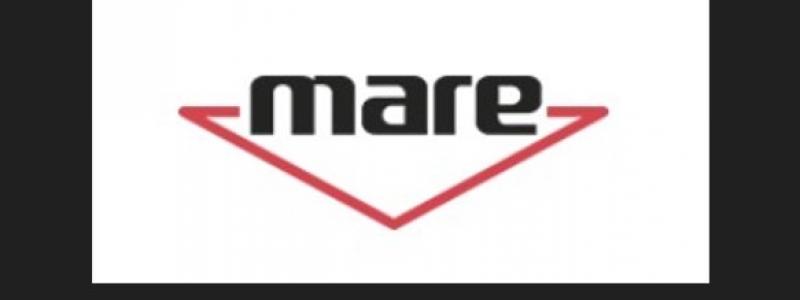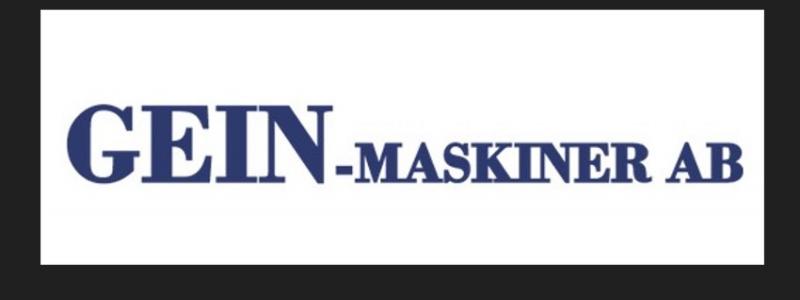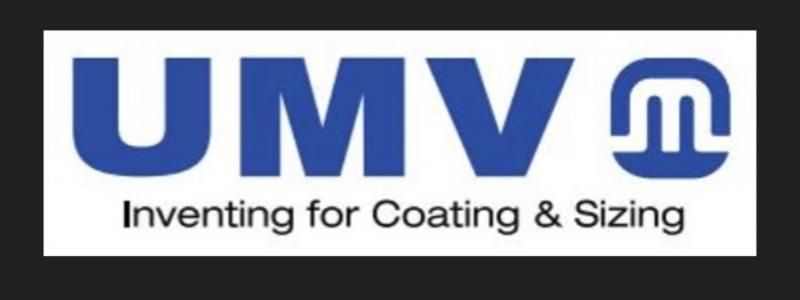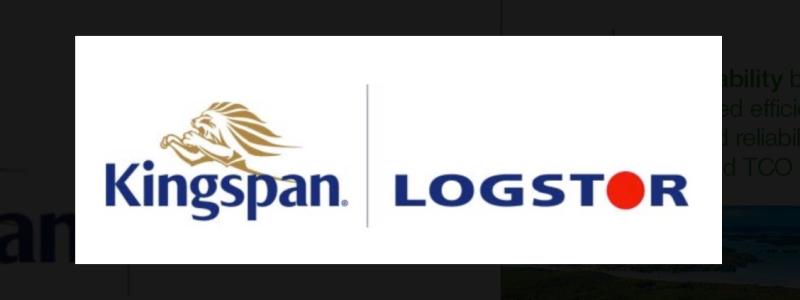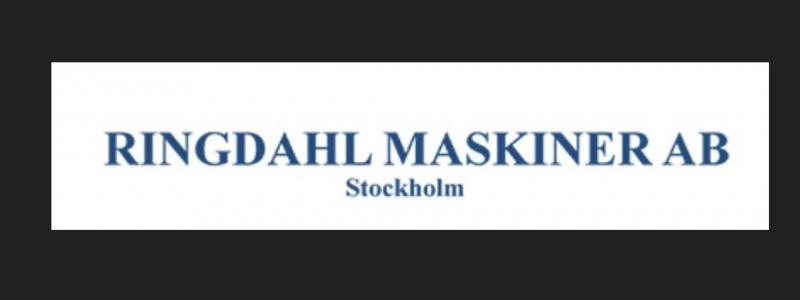Brookfield Properties plans to build the largest mass timber office building in North America as part of its 28-acre Pier 70 waterfront development at a historic shipyard property in San Francisco.
“Our decision to use mass timber is inspired by the neighborhood’s culture of creativity, sustainability and strong opinions,” said Brookfield Properties Sr. Manager of Development Cutter MacLeod. “By applying emerging technologies and innovative designs to the structures we’re building here, we are reinforcing that Pier 70 will be a thriving place for creative industries in San Francisco.”
The new 310,000 sq. ft. mid-rise mass timber building will be 85-feet-high with six-floors. It will be the first ground up office parcel built at Pier 70, where construction is underway on a $3.5 billion waterfront neighborhood with housing, offices, parks and space for artists and local manufacturing, and rehabilitated historic buildings. The mass timber building will serve as a signature gateway structure on the site’s northern side, and boast views of downtown, San Francisco Bay and nearby hills.
The building will feature cross laminated timber (CLT) floor slabs, glue-laminated timber (Glulam) columns and beams, steel lateral seismic framing, and metal cladding. CLT is a relatively new building material that can be used for mid-rise buildings. CLT floor panels laminate layers of solid wood that change direction in each subsequent layer, making the panels strong in two directions, and giving them comparable strength to traditional building materials like steel or concrete.
The lead designer for the Pier 70 mass timber office building is Hacker Architects of Portland, Oregon. The company specializes in the use of mass timber and is headquartered in a CLT building.
“The Pier 70 office building will make a statement about how mass timber technologies are pushing design and construction towards environmentally sustainable design solutions that better connect the workplace to the natural environment,” said Hacker Principal Corey Martin.
Among the building’s interior features will be one- and two-story ceiling heights and windows ranging from 14-28 feet-high, using 27-inch exposed wood beams. The wood is given even more prominence by hiding utilities like piping and conduit in gaps between CLT panels and colonnades where there are no beams. To add a sense of movement, a cantilevered section will extend on four sides, with each corner used as the switching point for the direction of the beams. The strength of CLT also minimizes the need for beams at the building perimeter, allowing for larger floor-toceiling window heights and more natural light at its edges than traditional steel and concrete buildings.
“The experience of a wood building is one of softness, depth and light that makes it feel more expansive beyond its boundary. From its interior and exterior, this building will have views through the structure to showcase the wood, the Bay and pedestrian activity,” said Martin.
The building’s exterior will include a simple palette of metal panels finished to appear as raw weathering steel as a reference to the site’s ship building history and adjacent industrial buildings. By shaping and chamfering the panels and alternating their direction on each floor, the panels will capture light in different ways and create visual movement. The dark metal shell will serve as a sharp contrast to the glowing wood interior seen easily from the street. At the pedestrian level, double height notches with living walls will be set in rhythm to nearby building patterns. In addition to offices, Brookfield plans to include a retailer, restaurant and bike lounge at ground level.

